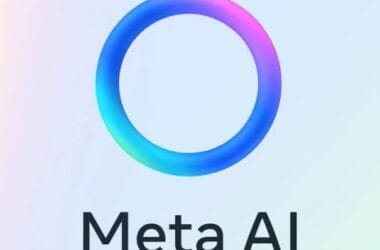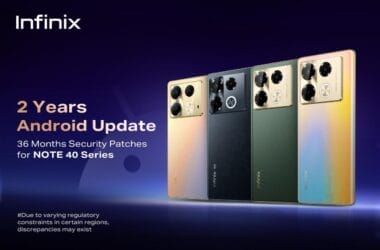Today, memory is either powered by Flash storage or RAM. Flash memory is too slow to become default main memory in the device while RAM is expensive and volatile. A new method of storage called phase-change memory (PCM), created by IBM scientists, solves issues with both Flash and RAM. This new memory device is faster and cheaper than Flash and RAM.
However, this has been in use in optical disks and other tech for at least 15 years. But the technology was cost prohibitive and used in high technology gadgets.
To store PCM data on a Blu-ray disk, you apply a high current to amorphous (non-crystalline) glass materials, transforming them into a more conductive crystal form. To read it back, you apply a lower voltage to measure conductivity — when it’s high, the state is “1,” and when it’s low, it’s “0.” By heating up the materials, more states can be stored, but the problem is that the crystals can “drift” depending on the ambient temperature. IBM’s team figured out how to track and encode those variations, allowing them to reliably read 3-bits of data per cell long after it was written. That suddenly makes PCM a lot more interesting — its speed is currently much better than flash, but the costs are as high as RAM thanks to the low density.
“Reaching 3 bits per cell is a significant milestone because at this density the cost of PCM will be significantly less than DRAM and closer to flash,” says Dr. Haris Pozidis from IBM Research. The speed of the PCM is much better than flash, but the costs are as high as RAM thanks to the low density.
As an Amazon Associate, TechCity may earn a small commission if you shop these products.

















so basically there is no difference btw it and RAM